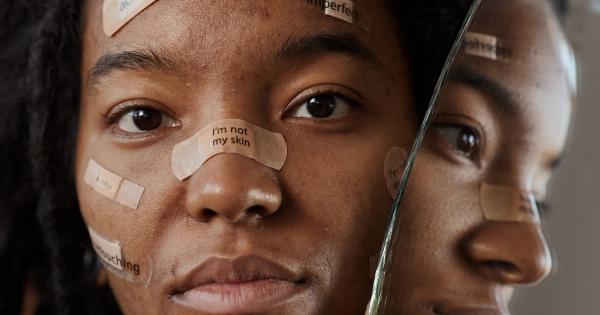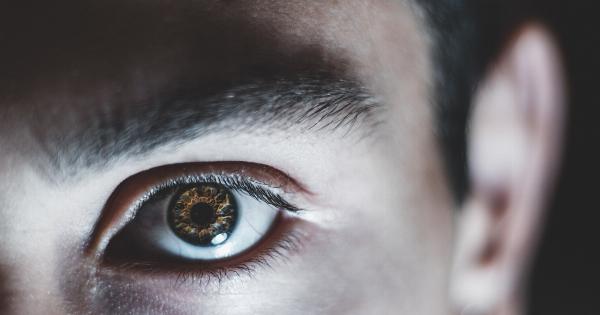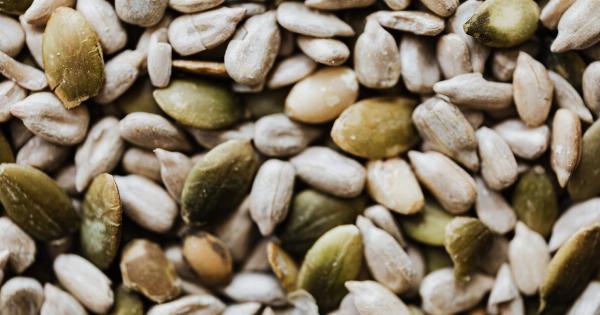Acne is a common skin condition that affects millions of people worldwide. It is characterized by the presence of pimples, blackheads, and cysts on the face, neck, chest, and back.
Acne can have a significant impact on a person’s self-esteem and confidence, leading to feelings of embarrassment and insecurity. In this article, we will explore the truth behind acne and debunk some common myths associated with this skin condition.
What causes acne?
Contrary to popular belief, acne is not caused by poor hygiene or eating greasy foods. It is primarily a result of hormonal changes in the body, particularly during puberty.
During this time, the sebaceous glands in the skin produce an excess of sebum, an oily substance that lubricates the hair and skin. When too much sebum is produced, it can clog the pores, leading to the formation of acne lesions.
Types of acne
Acne can manifest in various forms, each with its own characteristics and severity. The most common types of acne include:.
1. Whiteheads and blackheads
Whiteheads and blackheads are non-inflammatory acne lesions. Whiteheads occur when the pore is clogged with sebum and dead skin cells, forming a small, white bump on the skin’s surface.
Blackheads, on the other hand, are open comedones that appear dark due to the oxidation of sebum and melanin.
2. Papules
Papules are small, red bumps that are slightly raised above the skin. They occur when the walls of the hair follicles become inflamed.
3. Pustules
Pustules are similar to papules but contain pus at their tips. They appear as red bumps with a white or yellowish head.
4. Nodules
Nodules are larger, more severe acne lesions that develop deep within the skin. They are hard, painful, and can take a long time to heal. Nodular acne often leads to scarring.
5. Cysts
Cysts are the most severe form of acne. They are large, painful, fluid-filled lesions that develop deep beneath the skin’s surface. Cystic acne is highly inflammatory and can cause significant scarring.
Common myths about acne
There are several misconceptions about acne that continue to circulate. It is essential to separate fact from fiction to better understand this condition:.
1. Acne is caused by dirty skin
Acne is not caused by dirt or poor hygiene. Excessive washing can actually worsen acne by stripping the skin of its natural oils and irritating the affected areas. Gentle cleansing twice a day is sufficient for acne-prone skin.
2. Acne is only a teenage problem
Acne is most common during adolescence due to hormonal fluctuations, but it can affect people of all ages. Adult acne is increasingly prevalent and can be triggered by factors such as hormonal imbalances, stress, and certain medications.
3. Only people with oily skin get acne
While oily skin is more prone to acne, people with dry or combination skin can also experience breakouts. Overly drying the skin can lead to the production of more sebum, exacerbating acne.
4. Popping pimples will make them disappear faster
Popping pimples may temporarily relieve the pressure but can also introduce bacteria deeper into the skin, leading to further inflammation and potential scarring. It is best to leave pimples alone and let them heal naturally.
5. Acne is caused by diet
While certain foods may contribute to acne in some individuals, such as dairy and high-glycemic index foods, diet alone is not the primary cause. Hormonal factors and genetics play a more significant role in the development of acne.
Treating acne
There are numerous treatment options available for acne, depending on its severity. Mild cases can often be managed with over-the-counter topical treatments containing ingredients like benzoyl peroxide or salicylic acid.
These help to reduce oil production, unclog pores, and prevent the growth of bacteria.
In more severe cases, a dermatologist may prescribe oral medications, such as antibiotics or hormonal therapies, to target the underlying causes of acne.
Isotretinoin, a powerful medication derived from vitamin A, is sometimes prescribed for severe cystic acne but requires careful monitoring due to its potential side effects.
Preventing acne
While it may not be possible to prevent acne entirely, certain measures can help minimize its occurrence:.
1. Keep the skin clean
Gently cleanse the face twice a day using a mild cleanser and lukewarm water. Avoid using harsh scrubs or excessive scrubbing, as they can irritate the skin.
2. Avoid touching the face
Avoid touching the face throughout the day, as this can transfer bacteria and oil from the hands to the skin, potentially clogging pores and causing breakouts.
3. Use non-comedogenic products
Choose skincare and cosmetic products labeled as non-comedogenic, meaning they are less likely to clog pores and contribute to acne formation.
4. Maintain a healthy lifestyle
Regular exercise, a balanced diet, and sufficient sleep can contribute to overall skin health. Managing stress levels is also important, as stress can trigger hormonal fluctuations that may worsen acne.
Conclusion
Acne is a prevalent and often misunderstood skin condition. While it primarily results from hormonal factors, acne can affect individuals of all ages and skin types.
By understanding the truth behind acne and debunking common myths, we can better manage and treat this condition. Whether through topical treatments or professional dermatological care, it is essential to address acne to prevent scarring and promote healthy, clear skin.

























